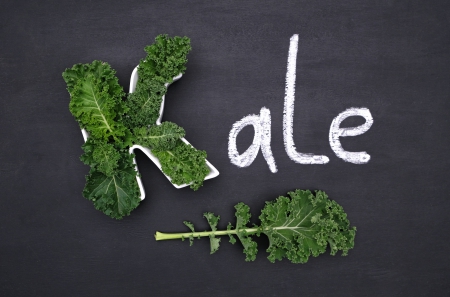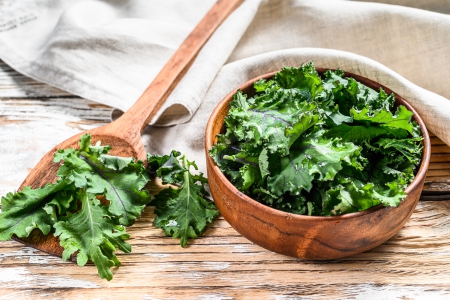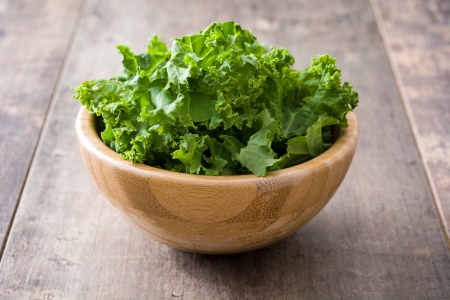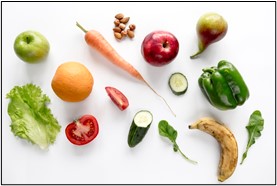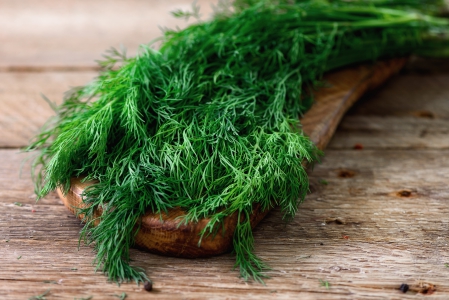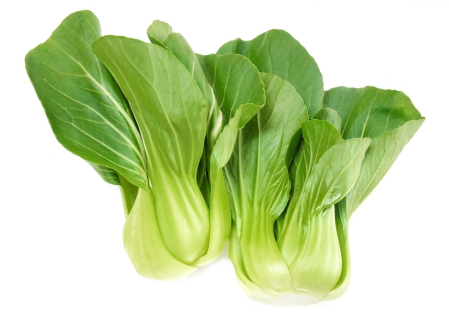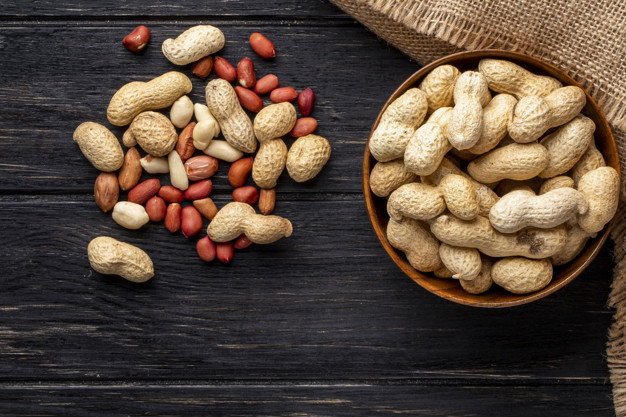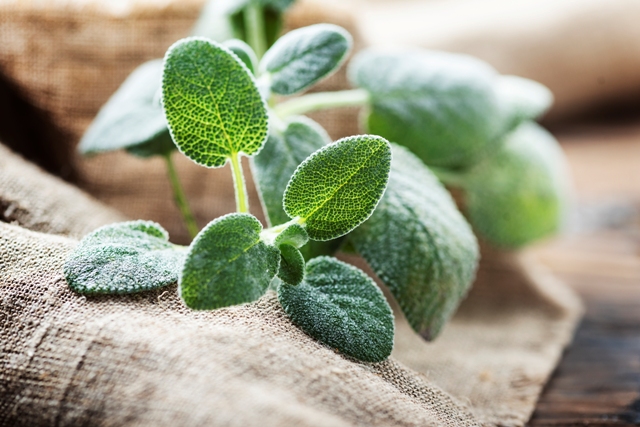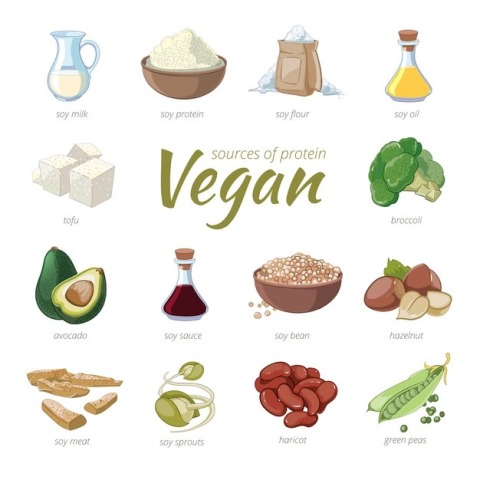Kale is an important cruciferous vegetable belongs to Brassicaceae family and considered as most nutritious as well as healthiest plant food.
Characteristics
- It is a frost-resistant plant
- It can grow well in cool weather
- It has an earthy and bitter taste
- The leaves of kale are basically green in color
- It has a peppery flavor
Nutritional profile
- It contains less amount of carbohydrate but contains desirable amount of dietary fibre
- It also contains little proteins
- It is very low in fat and does not contain cholesterol
- It produces lesser calories on its oxidation as it contains fewer amounts of carbohydrates and fats
- It also contains several vitamins like Vitamin A, Vitamin K, Vitamin C and B Vitamins especially pyridoxine and folic acid
- It contains several important trace elements like calcium, magnesium, sodium, potassium, iron, copper, selenium, zinc and manganese
- It is rich in various biologically active compounds, which are responsible for exerting antioxidant and anti-inflammatory activities. These compounds include quercetin, beta carotene, hydroxycinnamic acids, lutein, neoxanthin, violaxanthin, kaempferol, glucosinolates and flavonoids especially glycosylated flavanols
Types

Generally, it is of four types, which include –
Curly kale
- It is considered as the most common type of kale
- It has bright green leaves
- It has a peppery and pungent taste
Dinosaur kale
- It has narrow and wrinkly leaves
- The leaves are green in color
- Basically, the leaves are found to be attached with a firm stem and that should be removed before consumption
Redbor kale
- It has ruffled leaves
- The color of the leaves is varying from deep red to purple
Russian kale
- It is considered as a rare type of kale
- It has flat and fringed leaves
- The color of the leaves are ranging from green to red and red to purple
- It has peppery and sweet flavor
Biological activities
Antioxidant activity
- Kale is completely packed with powerful antioxidants and its consumption is very effective for reducing oxidative damages of body
- Vitamin C, quercetin, beta-carotene and kaempferol are the compounds found in kale show strong antioxidant activities and help to reduce the concentration of free radicals and ROS

Anti-carcinogenic activity
- Cancer is a life-threatening disease and recently it is becoming a severe health issue, which affects a wide range of population. It is better to consume kale for reducing the risk of developing cancers as it contains various compounds that have anti-carcinogenic activities
- Polyphenolic compounds of kale help to protect the body from developing cancers by suppressing malignant cell growth
- Indole-3-carbinol compound of kale helps to inhibit the growth of tumor as well as cancerous cell in body
- Sulforaphane is another important component found in kale responsible for inhibiting the formation of malignant cell at molecular level
Anti-inflammatory activities
- Phytonutrients of kale are accountable for exerting anti-inflammatory activities, which help to reduce the prevalence of swelling, pain and inflammatory events within body
- It also helps to protect the body by inhibiting cellular damages
Nutrient density
Kale is recognized as a nutrient dense food stuff, which is enriched with quite a lot of minerals and phytonutrients. Individuals can get all the essential nutrients required for their survival at desirable amount by simply consuming kale.
Health benefits

Role on reducing cholesterol level
- Consumption of kale is very effective for reducing the concentration of cholesterol as it helps in the synthesis of bile acid. Liver utilizes cholesterol to produce bile acid. Hence production of bile acid significantly reduces free cholesterol concentration within body
- Bile acid is required for fat digestion and it has seen that after completing its task it is reabsorbed into blood stream for reuse. Whereas kale contains bile acid sequestrant, which helps to bind with bile acid and prevents its re-absorption and thus also helps to reduce cholesterol level
Role on cardiac health
- Potassium content of kale is responsible for promoting cardiac health
- It has seen that individuals who consume kale have lesser risk of having strokes
- It is closely related with reducing the risk of developing atherosclerosis as it helps to reduce cholesterol
- It also helps to reduce the prevalence of thrombosis, coronary artery disease, hypertension and myocardial infraction
Role on eye
- Kale is rich in lutein, zeaxanthin and carotenoids, which are responsible for improving eyesight
- It helps to protect the eye from damages and reduces the prevalence of conjunctivitis, xerosis, xerophthalmia and keratomalacia
- It also helps to lower the risk of developing macular degeneration
- It has seen that individuals who consume kale have lesser risk of developing cataract

Role on digestive health
- Kale is considered as a good source of fibre and moisture, which help to improve bowel health and prevents constipation
- Its fibre content also accountable for reducing the prevalence of colonic pouch formation
- It helps to improve the overall health of digestive tract
Role on skeletal system
- Consumption of kale is very effective for stimulating the growth and development of skeletal system as it provides significant amount of calcium and phosphorus, which are essentially required for bone and teeth formation
- It is associated with improving mineralization of bone that enhances bone strength and density
- Vitamin K content of kale also helps to reduce the prevalence of bone fractures
Role on skin
- Vitamin C content of kale is responsible for collagen synthesis, which is essentially required for improving skin health, strength and elasticity
- It also helps to prevent ageing
Role on blood clotting
- We all know that Vitamin K is an essential nutrient required for blood clotting. Kale contains desirable amount of Vitamin K, which helps in this clotting process and reduces the risk of excessive bleeding
- It has seen that individuals who consume kale have fast clotting time than others

Role on preventing obesity
- Fibre content of kale helps in weight reduction as it enhances metabolic rate of the body and reduces the prevalence of fat accumulation
- It also exerts a feeling of satiety that prevents overeating hence reduces calorie intake
- Kale is also considered as a low-calorie food thus it is very beneficial to be consumed by obese individual as it helps to fulfill their hunger but would not provide much calorie
Role on preventing diabetes
- Consumption of kale has significant role in reducing the prevalence of diabetes mellitus (especially type 2) due to its fibre content
- It has seen that fibre helps to reduce blood sugar concentration by inhibiting glucose uptake through intestinal epithelial cell and hence reduces the glycemic load
Kale in cooking
- It can be used as a stuffing material in sandwiches
- It can be added to salad
- It can be added while preparing soup
- It can be added in burger or smoothie
Risk factors
- It is better to consume kale in required amount as it is over consumption may cause some health hazards, which include –

- Bloating
- Abdominal cramp
- Hypothyroidism
- Individual with renal disorders should restrict their kale consumption due to its potassium content
- Individual who consumes blood thinner medicines should avoid kale consumption
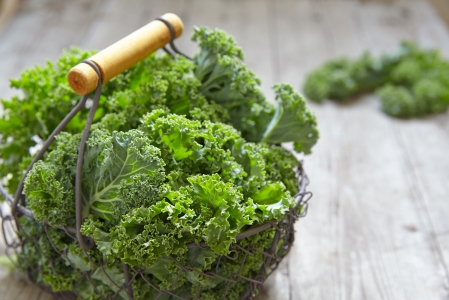
Source:
Hahn, C., Müller, A., Kuhnert, N. and Albach, D., 2016. Diversity of kale (Brassica oleracea var. sabellica): glucosinolate content and phylogenetic relationships. Journal of agricultural and food chemistry, 64(16), pp.3215-3225.
Michalak, M., Szwajgier, D., Paduch, R., Kukula-Koch, W., Waśko, A. and Polak-Berecka, M., 2020. Fermented curly kale as a new source of gentisic and salicylic acids with antitumor potential. Journal of Functional Foods, 67, p.103866.
Šamec, D., Urlić, B. and Salopek-Sondi, B., 2019. Kale (Brassica oleracea var. acephala) as a superfood: Review of the scientific evidence behind the statement. Critical reviews in food science and nutrition, 59(15), pp.2411-2422.
Satheesh, N. and Workneh Fanta, S., 2020. Kale: Review on nutritional composition, bio-active compounds, anti-nutritional factors, health beneficial properties and value-added products. Cogent Food & Agriculture, 6(1), p.1811048.
Thavarajah, P., Abare, A., Basnagala, S., Lacher, C., Smith, P. and Combs Jr, G.F., 2016. Mineral micronutrient and prebiotic carbohydrate profiles of USA-grown kale (Brassica oleracea L. var. acephala). Journal of Food Composition and Analysis, 52, pp.9-15.
Yu, L., Gao, B., Li, Y., Wang, T.T., Luo, Y., Wang, J. and Yu, L.L., 2018. Home food preparation techniques impacted the availability of natural antioxidants and bioactivities in kale and broccoli. Food & function, 9(1), pp.585-593.
Zhang, Y., Ji, J., Song, S., Su, W. and Liu, H., 2020. Growth, Nutritional Quality and Health-Promoting Compounds in Chinese Kale Grown under Different Ratios of Red: Blue LED Lights. Agronomy, 10(9), p.1248.
